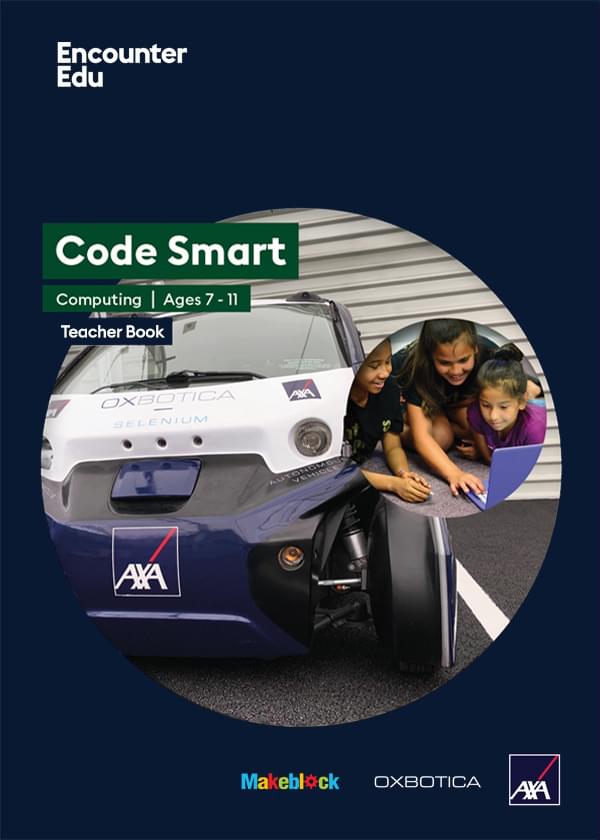Learn more: What is an autonomous car?
The terms autonomous car, driverless car, self-driving car and robot car have entered our language and are often used interchangeably, but when can a car actually be considered autonomous? Broadly, an autonomous car is capable of sensing its environment and navigating without human input.
As the scope and interest in autonomous cars has grown, a group of engineers and technical experts has produced a guide to the levels of automation in vehicles of the future: SAE International's J3016 standard, also known as the Taxonomy and Definitions for Terms Related to On-Road Motor Vehicle Automated Driving Systems. The guide describes six levels of autonomy, from no autonomy at Level 0 to full autonomy at Level 5.
Level 0: No Automation
Does what it says on the tin. The car is not automated in any way and relies on a human for all of the tasks. Even if warning systems flash, a human is still in full control.
Level 1: Driver Assistance
The human driver is still expected to do the majority of the work, but is assisted by automated systems. For example, cruise control sets the speed of the vehicle, while the human driver steers. Parking assistance can automate steering, with the human driver controlling the speed. The driver must be ready to retake full control at any time.
Level 2: Partial Automation
Level 2 is often described as “hands-off” driving. The automated system takes full control of the vehicle (accelerating, braking, steering) using information about the driving environment. The driver must monitor the driving and be ready to intervene at any time. So, even if this level is described as “hands-off”, the driver’s hands should be pretty close to the steering wheel to intervene at any time.
Level 3: Conditional Automation
Also known as “eyes-off”, at level 3, the driver does not need to monitor the driving environment, but can turn their attention to other activities like sending an email or watching a film. The vehicle will handle safety-critical functions like emergency braking, but can still call on the driver to take control.
Vehicles in level 3 and above are considered "automated driving systems". The substantial difference here is that the vehicles are able to monitor the driving environment around them. Crucially, these types of vehicles make decisions themselves. For instance, a level 3 car will be capable of seeing a slower moving vehicle in front of it before taking the decision to overtake. The human is on hand, mostly, to intervene if things go wrong.
Level 4: High automation
At Level 4, the vehicle is fully autonomous within certain driving scenarios. This means that the driver could go to sleep or leave the driver’s seat and the vehicle is able to handle all aspects of the driving task. However, this functionality is limited to what is known as the ‘operational drive domain’ of the vehicle. For example, a vehicle might only be fully autonomous in traffic jams or within a limited geographic area.
Level 5: Full Automation
Full automation means full-time performance by an automated driving system for all aspects of driving and under all the conditions that you would expect of a human driver. No human intervention is ever required and so there would be no pedals, steering wheel or controls for a driver to take control of. A good example would be a fully robotic taxi.

Computing | Ages 7-11
Code Smart
Code Smart is a computing and robotics education programme based on driverless car technologies. Code Smart takes students on a journey from complete beginners to code creators.
